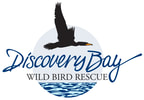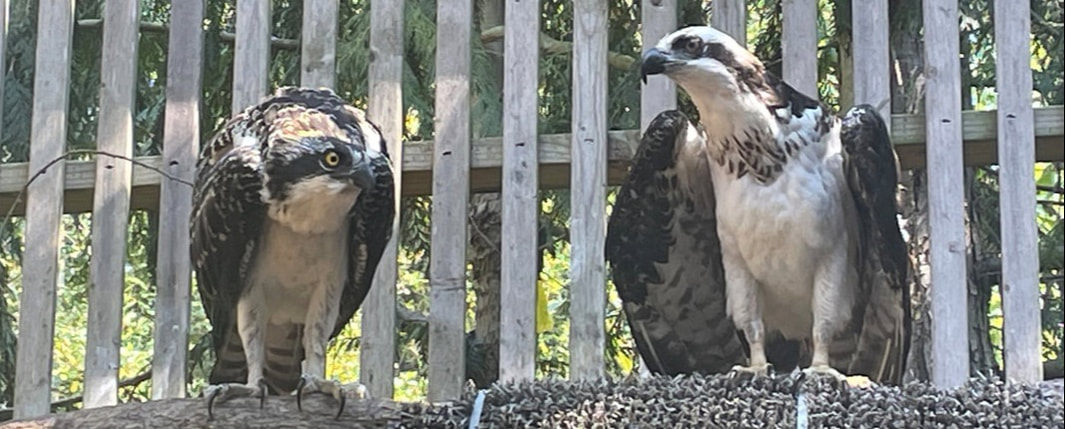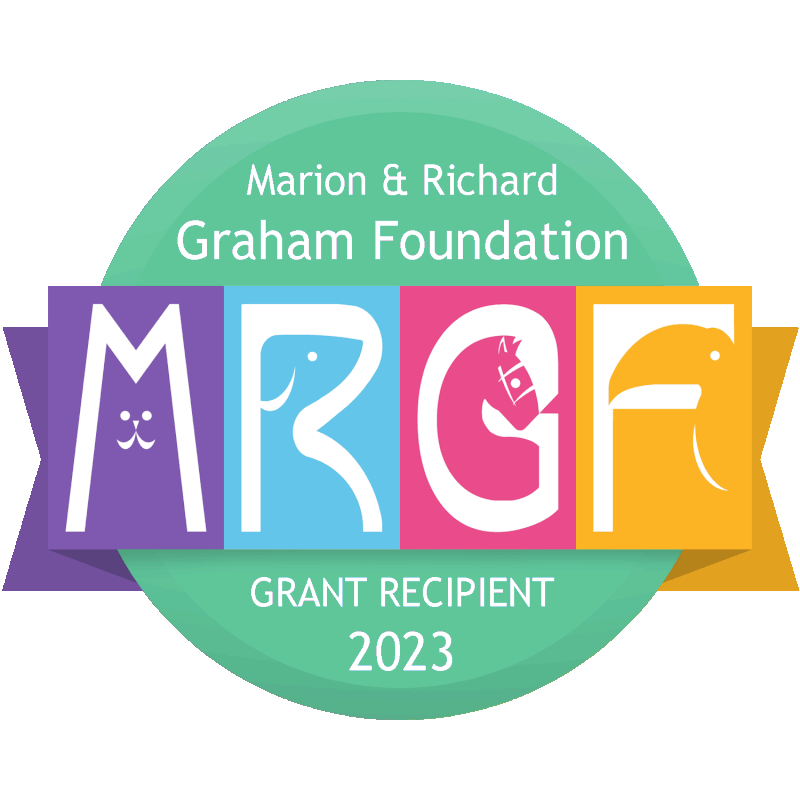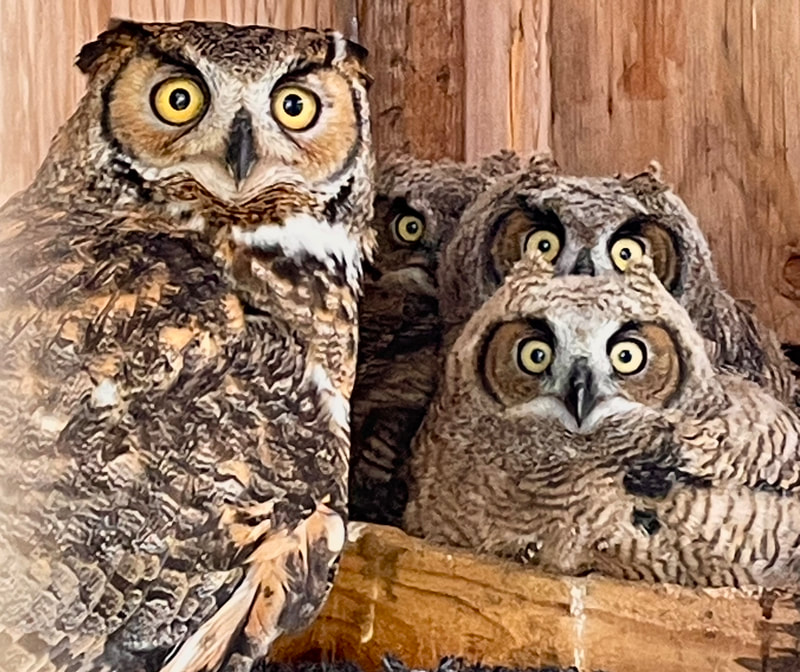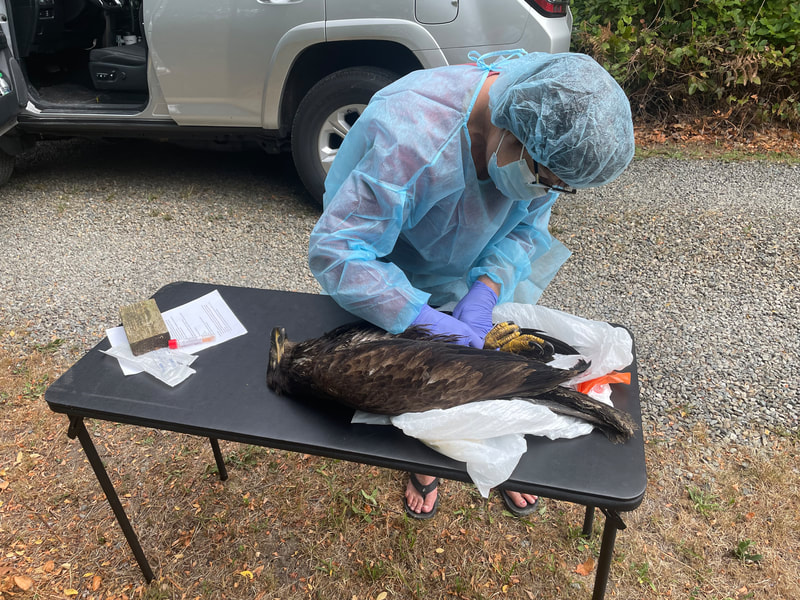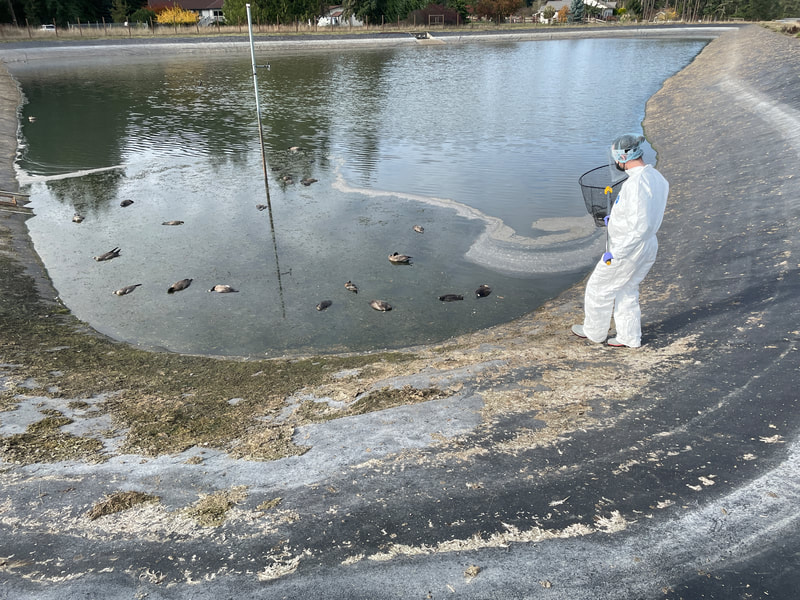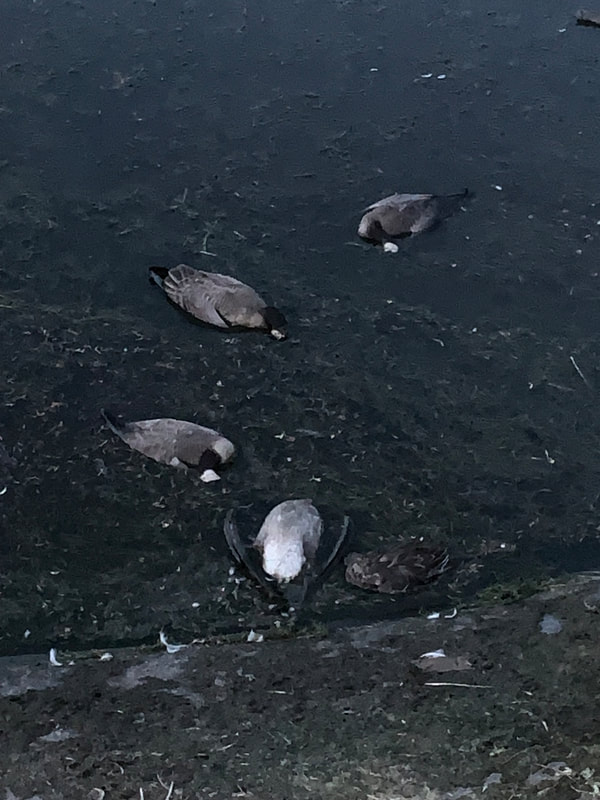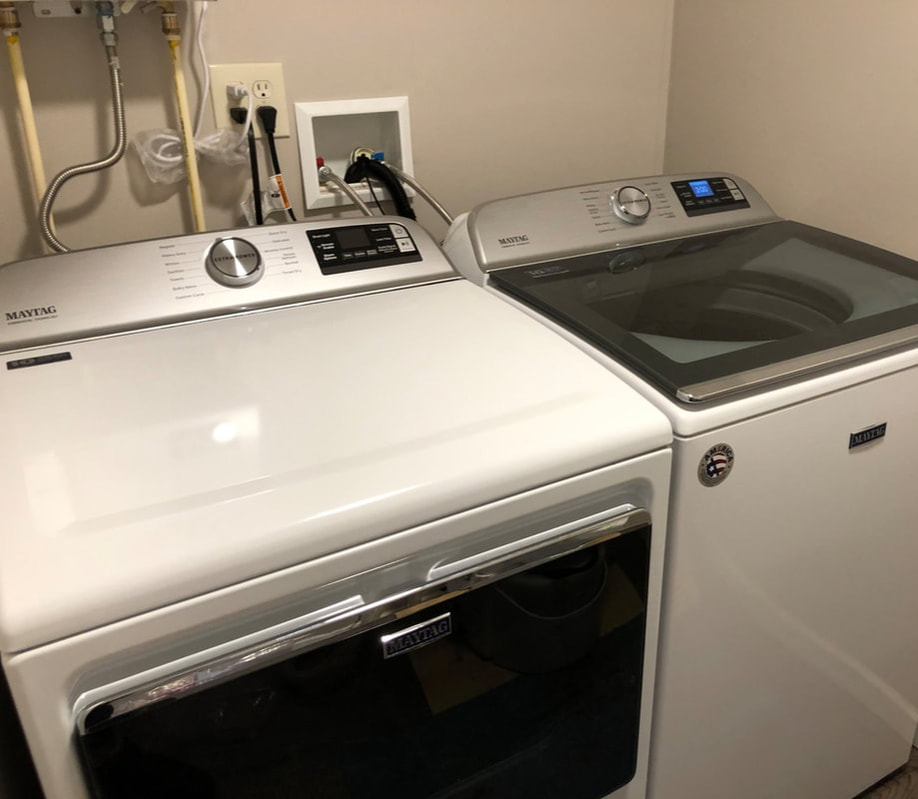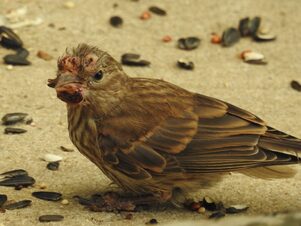Doing good for Birds and People too!
Donate Now
The Good News~
Thanks to the Marion & Richard Graham Foundation our surrogate raptor program will be a grant recipient for 2023! These funds will support our barn owls, Twilight and Orion who raise 15+ babies every year. Our great-horned owls, Salem, Gandalf, and Dillon who all raise orphans yearly. (Dillon pictured above with three orphans in 2023) Denali, the osprey, who provides a natural setting for young inexperienced baby osprey to socialize and thrive. Ruby, our 20 year old red-tailed hawk female who raised two baby hawks this year and three in 2022. These are non-releasable birds who provide orphans with the role models necessary for them to learn socialization skills. This is giving them a fresh and crucial role at DBWBR.
|
Thanks to the Washington State Fish and Wildlife (WSFW) we received a grant through the money acquired from the personalized license plate program to purchase this washer and dryer for use at the Center! As you can imagine, we do many towels here in the rehabilitation of birds, in fact, we are washing everyday. Not a glamorous picture but still exciting nonetheless...❤️
|
The Sad News~HPAIPictured above is a juvenile eagle that died from highly pathogenic avian influenza, (HPAI) and had to be tested to confirm our diagnosis. HPAI is showing up in both Clallam and Jefferson counties. Highly pathogenic means very contagious to other birds, like chickens, and it has been 100% fatal to raptors. Cindy Daily (pictured above) doing the test in the field so as to avoid bringing this virus to our Center and exposing the birds that are in care. Waterfowl can carry this virus and then be preyed on naturally by birds like this young eagle who then contracts the virus and dies within about 24 hours. In the other photo, you see Joseph removing cackling geese from a retention pond to remove infected birds from the field. If you see a bird with neurological signs like seizures, vomiting. lack of coordination, or death you can call us for further instruction. At this time the WDFW is recommending a dead bird be double bagged and disposed of in the trash or at the dump. Be sure to wear gloves and a mask, and wash your clothes and self immediately afterwards. Although risk to humans is low you should always protect yourself.
For more information- agr.wa.gov/birdflu wdfw.wa.gov/bird-flu |
Backyard FeedersWe are receiving calls about small birds like passerines who visit backyard feeders and the risk that they present for HPAI. It is believed that the risk for these birds is very low as they would have a very small viral load and don't seem to expose other birds. What we are seeing instead at feeders is avian pox, you will see lesions on the birds heads, wings, legs, and feet that can grow quite large. This is contagious and as with salmonella you should take down your feeders and clean and disinfect them well. Rest feeders for a few weeks and don't invite birds in until the risk for exposure is gone. You may also see conjunctivitis in finches at your feeders which may resemble pox but is usually a crusted eye that is more easily treated. If you have any questions please call at 360-379-0802
For more information- on avian pox www.vet.upenn.edu/avian-pox on salmonella wdfw.wa.gov/salmonellosis-wild-birds on conjunctivitis feederwatch.org/house-finch-eye-disease/ |
